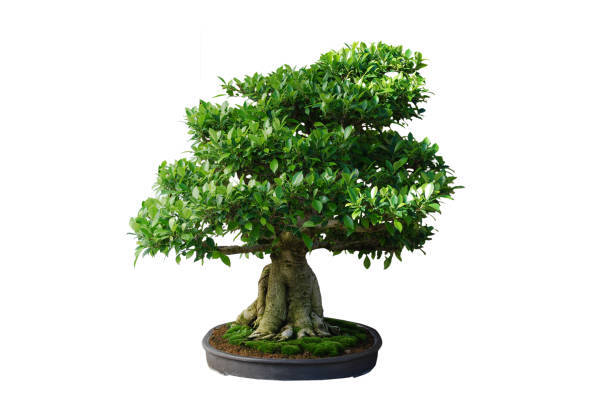Bonsai: The Art of Miniature Trees
Body
Bonsai, a traditional Japanese art form, involves cultivating miniature trees in containers. This practice creates the illusion of a fully grown tree in nature, yet small enough to sit on a tabletop. Originating from Chinese horticultural practices and later refined by the Japanese, bonsai is a blend of artistry and horticulture, requiring patience, skill, and creativity.
History and Philosophy
Origins: The art of bonsai dates back over a thousand years, originating in China where it was known as penjing. The practice was introduced to Japan, where it was refined and developed into the form we recognize today. Bonsai has since become a symbol of peace, harmony, and balance.
Philosophy: Bonsai embodies the harmony between nature and human artistry. It represents a deep respect for nature, with an emphasis on balance, simplicity, and tranquility. Each bonsai is a unique, living work of art, reflecting the grower’s vision and care.
Types of Bonsai
Bonsai trees can be created from almost any perennial woody-stemmed tree or shrub species that produces true branches and can be cultivated to remain small through pot confinement and crown and root pruning. Some popular types of bonsai include:
- Juniper Bonsai: Known for its hardy nature and attractive foliage, juniper is a favorite among beginners.
- Maple Bonsai: Valued for its vibrant autumn colors and intricate leaf structure.
- Ficus Bonsai: A popular indoor bonsai due to its adaptability and resilience.
- Pine Bonsai: Traditional and revered, pine trees are symbolic in Japanese culture and require more advanced care.
Basic Bonsai Techniques
Creating and maintaining a bonsai tree involves several horticultural techniques:
- Pruning: Regular pruning of branches and roots is essential to maintain the tree’s miniature size and desired shape. This encourages the growth of smaller leaves and denser foliage.
- Wiring: Wrapping wire around branches allows for precise shaping and positioning. The wire is removed once the branch holds the desired shape.
- Repotting: Bonsai trees need to be repotted periodically to refresh the soil and prune the roots. This helps maintain the tree’s health and vigor.
- Watering: Proper watering is crucial. Bonsai trees require regular, thorough watering, but the soil should be allowed to dry slightly between waterings to prevent root rot.
- Fertilizing: Regular feeding with a balanced fertilizer supports healthy growth. The specific needs depend on the tree species and the time of year.
Display and Care
- Display: Bonsai are typically displayed in shallow containers, with attention to the tree’s position, the container’s color and shape, and the overall aesthetic balance. They are often placed on stands and can be complemented by accent plants or stones.
- Care: Bonsai care involves regular attention to watering, pruning, and pest control. Different species have specific light, temperature, and humidity requirements. Understanding the needs of your particular bonsai species is key to its health and longevity.
Benefits of Bonsai
- Aesthetic Pleasure:
 bring natural beauty and tranquility to any space, whether indoors or outdoors.
bring natural beauty and tranquility to any space, whether indoors or outdoors. - Stress Relief: The process of tending to a bonsai tree can be meditative and relaxing, providing a mental escape from daily stresses.
- Educational Value: Growing a bonsai teaches patience, discipline, and a deeper understanding of horticulture and nature.
Conclusion
Bonsai is more than just gardening; it is an art form that combines horticultural skill with creative expression. Whether you are a beginner looking to start a new hobby or an experienced gardener seeking a deeper connection with nature, bonsai offers a rewarding and fulfilling experience. Through dedication and care, a bonsai tree can thrive for generations, becoming a living legacy of beauty and tranquility.









Comments